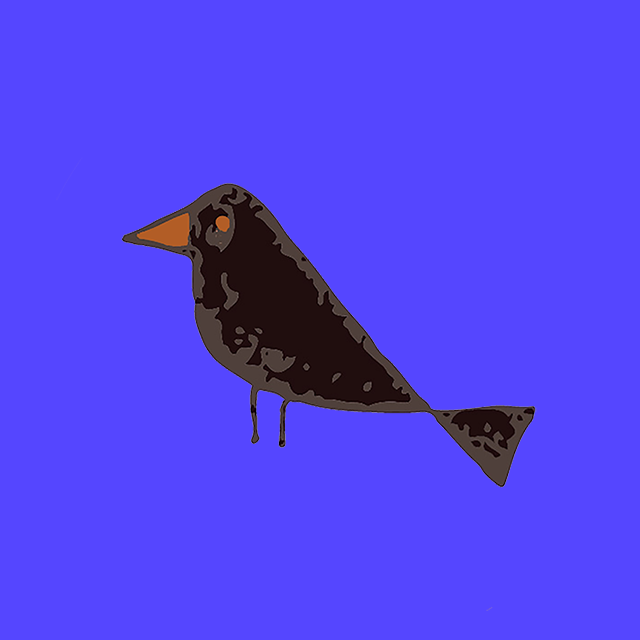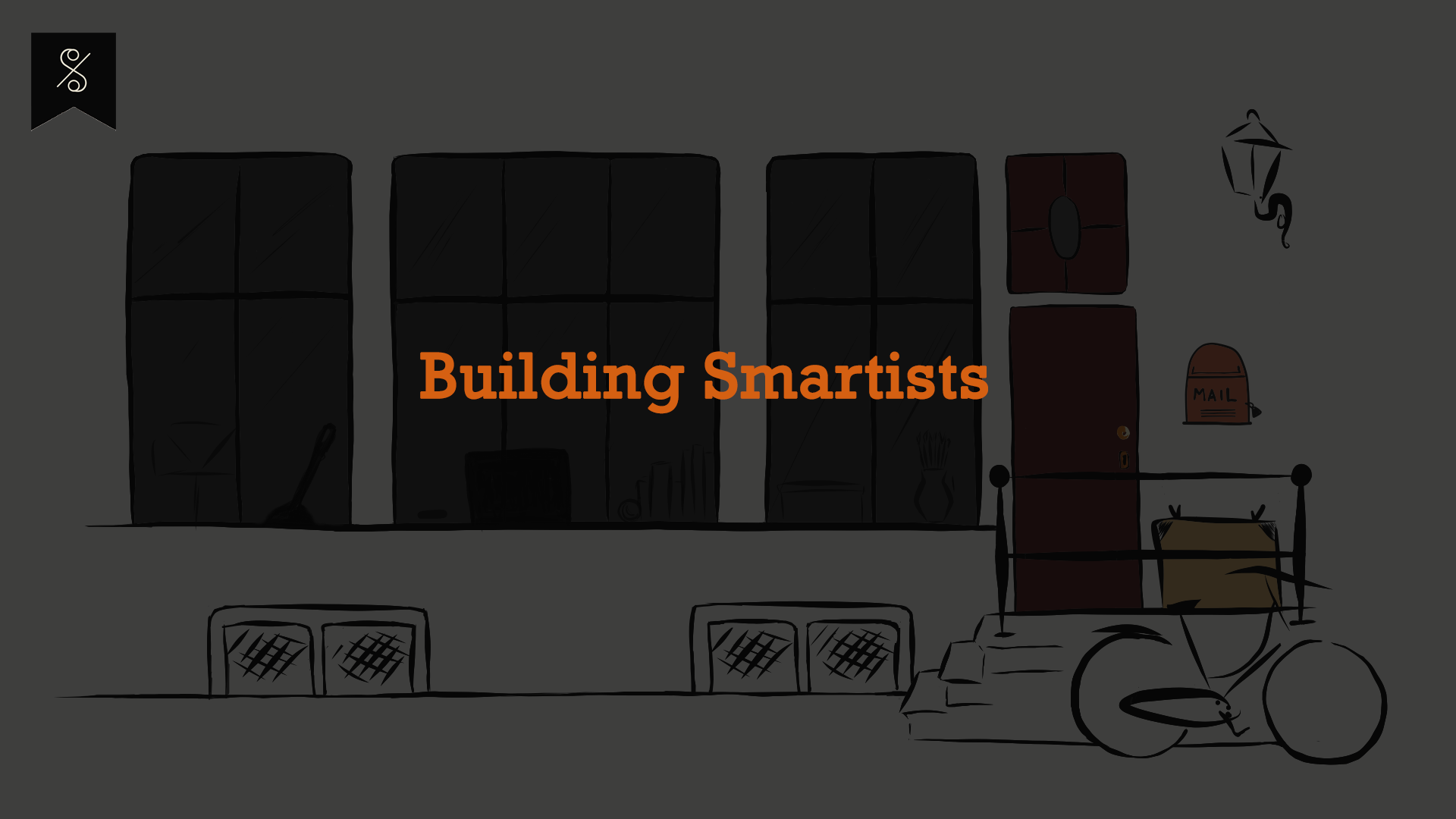
Apr 30•7 min read
Words 3.0 : dApps, DAOs and the decline of Vanity Metrics

[Lee el artículo original en español en "hacia el Internet del Valor"]
Towards Web3 with a crypto-wallet
Some words enter in our lives as a matter of fact, like “NFTs” (I have talked about them enough in this newsletter). Instead, some other words take their place in our vocabulary discreetly, without noticing it, and at some point we even realise that we need to free ourselves from them. This is the case of “profile”, as I commented a few weeks ago, in my first article about words 3.0.
On the web3, our social media profiles cannot be used to identify us. It is not necessary to provide a data profile to identify yourself and a person able to transfer value. To transfer value what you need is a wallet… this is like in real life. When you go to the fruit shop, you don’t need to explain your life to the seller, and if you decide to share your preferences or your diet is completely up to you: you are free not to, and no one is going to demand that from you. Nevertheless, to get your fruit you will need to pay, even as a complete stranger, as an anonymous buyer. Your wallet in the new digital world 3.0, is called a “crypto-wallet”, and up until now this is what you need to transfer value on the web3.
Therefore, to enter the web3, the first step is getting a crypto-wallet. The problem is that there are many, and some are complicated to use. So, if you don’t feel confident about this, you’d better postpone or look for help or support. But, if you want to enter the game and start testing the new products and services available in the new Internet, you need to choose one.
In fact, you will find that every blockchain offers a set of possibilities. For me, I will focus in Bitcoin, the most secure of blockchains, and the one with a better guarantees for the future at this moment. And, although there are still few DApps on Bitcoin, this is rapidly changing, and Stacks is one of the better placed projects for dApps on Bitcoin to flourish.
Moreover, I can leave here my testimonial about the Stacks wallet called “Hiro”, a solution very easy to use, like a simple extension in your browser. You can find more information about these crypto wallets in the web.
But, why would you actually need a crypto-wallet? To enter the web3 and start using dApps, a new world indeed.
dApps
dApps are Decentralized Apps/Applications, developed with blockchain technology, and to use them you actually need a decentralized identifier, so far, a crypto-wallet. You will find that some of these dApps still ask you for an email or a social media profile. This is because some businesses that are developing such dApps still need data for their business model or to provide their specific service. This is not the case for Smartists, the dApp we are developing for independent self-managed artists, even though for our first mvp we are still asking an email to connect with the members of our community. Anyway, we are working to try to avoid even that.
All of that said, if you want to access a dApp like ours, whatever minimum data you are asked for, what is inevitable is the need for a crypto-wallet. In the case of Smartists you will need a Hiro wallet, which is your secret key to your private studio.
This is the reason, before getting started, you may ask yourself ¿what makes the difference between an App 2.0 and a dApp on the web3? Well, essentially the dApp won’t extract your data by default (neither surveil or manipulate you) by default. And if you want to change of dApp because you find a better service elsewhere, you can do it without leaving behind you any data and information that belongs to you. In the case of artists, as I explained a while ago, our creations and our audience are our most valuable assets, and it is not fair that our promotion and our relationships get trapped in some social media from which we cannot escape.
We have a few years left to free ourselves from that exploitation 2.0, but new dApps are unstoppable, and those who will Lear how to use them, will get some advantage.
“Vanity Metrics” decline
With the arrival of dApps for transferring value on the Internet, the inevitable decadence of metrics such as number of followers and ‘likes’ will arrive. Maybe at this moment you cannot still see it the examples around you. Yet, there is a silent reality that is taking place: NFTs marketplaces are making rich many anonymous artists, without social media playing any essential role in that.
Of course, it’s important to keep up with your promotion, but in the new times quality will overcome quantity: it’s interesting to nurture your relationships with followers that can at some point become real supporters, companions, accomplices, and finally clients.
But, how to organize good relationships with a community of followers on the web3? The best way is by starting a D.A.O.
D. A. O.
A Decentralised Autonomous Organisation - DAO - is a community of people united by a common mission and organised using technology for the management of proposals coming from its members, the voting of such proposals, and also their finances.
The automation of such management in a fair and democratic way, taking into account all the individuals within the organisation, is possible thanks to blockchain technology, which enables identifying the participants (pseudonymously via their wallets), defining the value of their contributions, etc. This new form of human organisation for the collaboration of individuals pursuing a common mission, opens the door to critical changes in many fields, including business, since we are in the Internet of Value, the Internet of business.
For artists, DAOs offer the means to organise groups of people sharing the same interests and tastes, passions for certain artists or forms of expression, and even the defence of their Intellectual Property.
A mission and/or vision share by a group of artists can give birth to a DAO, like it used to do with cultural associations, cooperatives or foundations. But this time, with the support of technology, such community can be global, united only by a common interest, and with a more efficient and transparent management, in accordance with what members decide as constitutional rules, which is the protocol that the founding members need to agree to as a starting point.
Maybe this sounds a bit theoretical, but I hope to bring some examples soon to start ‘visualising’ these words 3.0, a new vocabulary which is good to know as we enter the Internet of Value.
Conclusion
In these lines, we hope to have clarified the meaning of some essential words, which are starting to be used, and that we need to understand well in order to know the new paradigm we are going to live in.
In upcoming newsletters, I will try to start a dialogue with creators and people who are already working with artists in the Internet of Value. I will start with some good friends and acquaintances, but if you want to bring your own experience, contact me by answering this newsletter.
With such pioneer examples, I will keep inviting all those independent artists self-managing on the web to this Internet of Value, which is already in motion.
Founder of Smartists on Stacks, for a user owned Internet!
Thank you for reading Towards The Internet of Value
